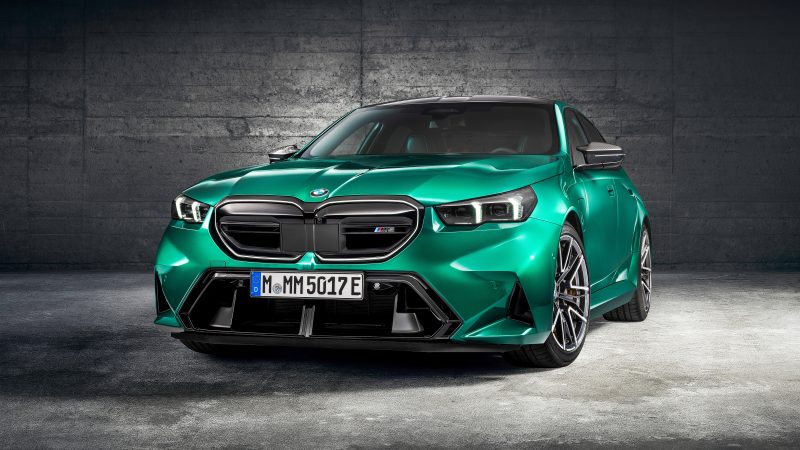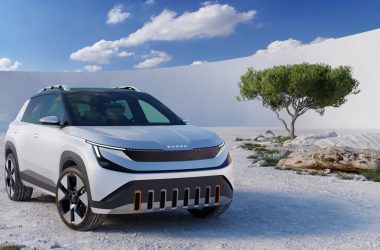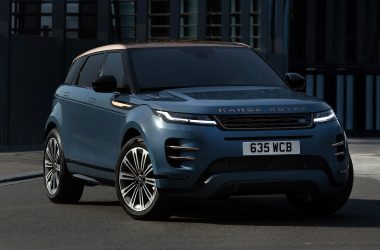BMW has unveiled the new generation M5, which is no less than a groundbreaking development for its M division. And that’s because, for the first time in its history, the M5 gets electrified and is now a plug-in hybrid! Shocking much? You bet! Does that mean one of the world’s most performance sedans has traded firepower to go greener? Certainly not.
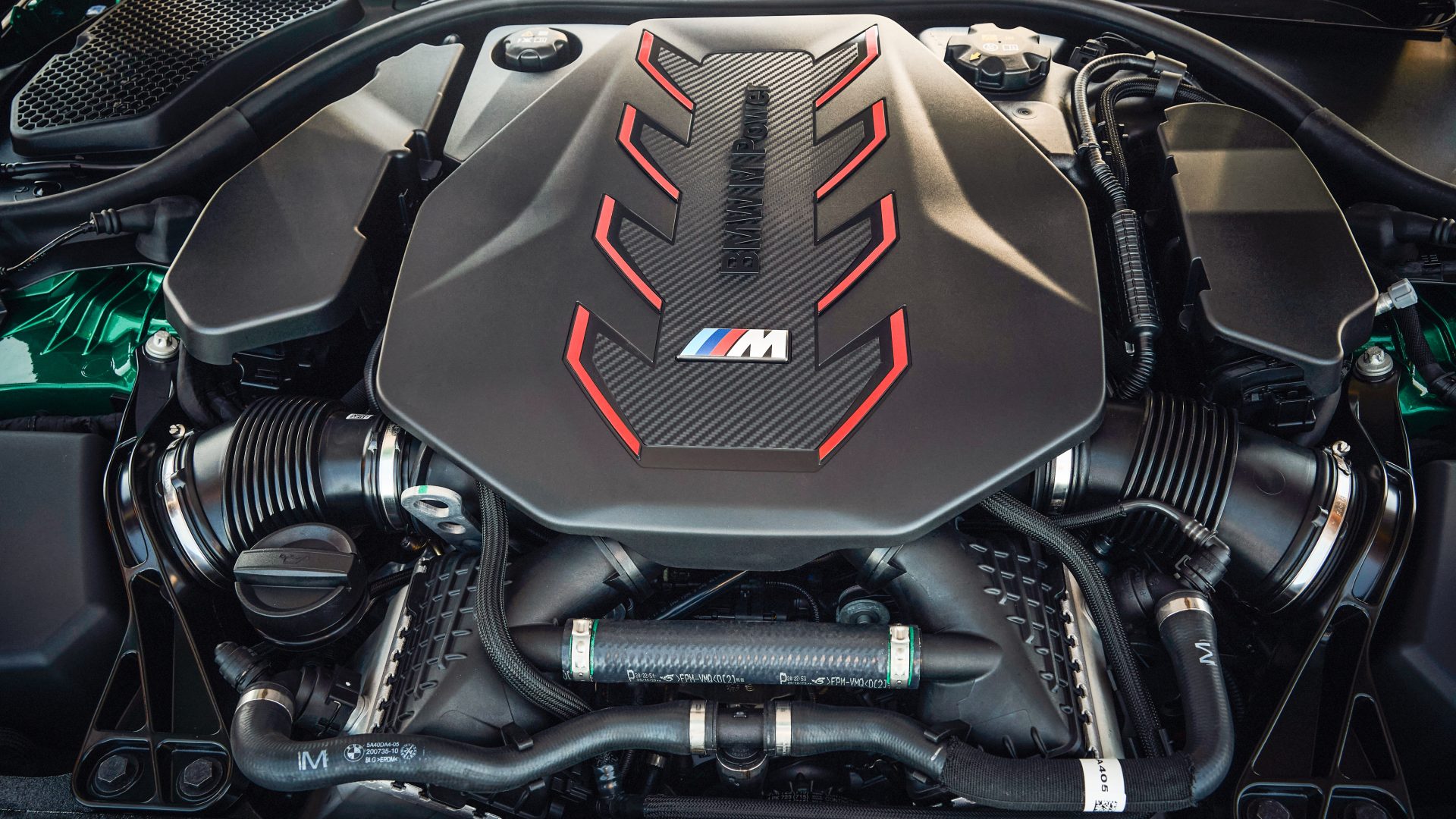
The new M5 has BMW’s familiar 4.4-litre twin-turbocharged V8 petrol engine under the hood, an engine it shares with the XM and X5M. The engine is paired with an 8-speed automatic gearbox, which also integrates an electric motor. The V8 engine delivers 585PS and 750Nm, while the electric motor adds another 197PS and 280Nm. It’s important to note that the combined output isn’t simply the sum of these figures, due to balancing considerations. The total power output for the M5 is 727PS and 1000Nm, the highest ever in the model’s history.
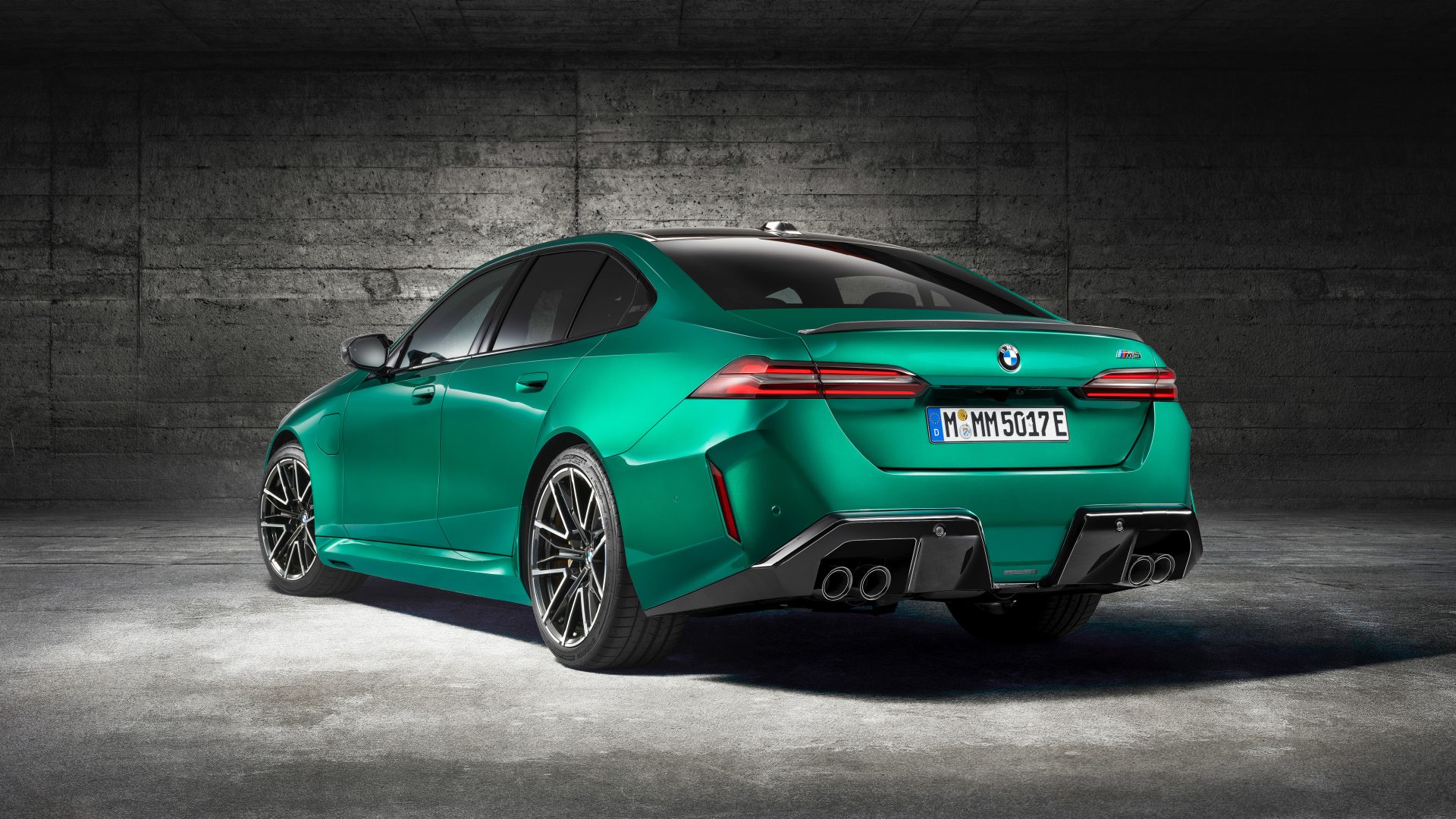
However, there’s a drawback. Plug-in hybrids tend to be heavier due to the additional battery technology and motors, and the new M5 is no exception. It weighs 2,435kg, which is 500kg more than the previous generation M5. And that is also over a tonne heavier than the very first E28 M5! When it comes to straight-line acceleration, overcoming the extra weight hinges on having ample power, making the power-to-weight ratio crucial. The new M5 has a power-to-weight ratio of 299PS per tonne, which is slightly lower than its predecessors. This significantly influences its 0-100kmph sprint time, which stands at a claimed 3.5 seconds, slightly higher than the outgoing version’s time of 3.3 seconds. We’ll need to see real-world tests to gauge the new M5’s acceleration accurately. Interestingly, this is the first time in M5’s history that a new-generation car isn’t quicker than its predecessor!
How is it that the new M5 is slower and heavier than the previous version? Blame the ever stringent emission norms and targets! Car makers are under immense pressure to reduce CO2 emissions, and incorporating a hybrid system is one of the most effective strategies. Good thing is, at least BMW has not chosen to downsize the new M5’s engine, unlike AMG did with its C63, going in for a relatively duller 2.0-litre engine!
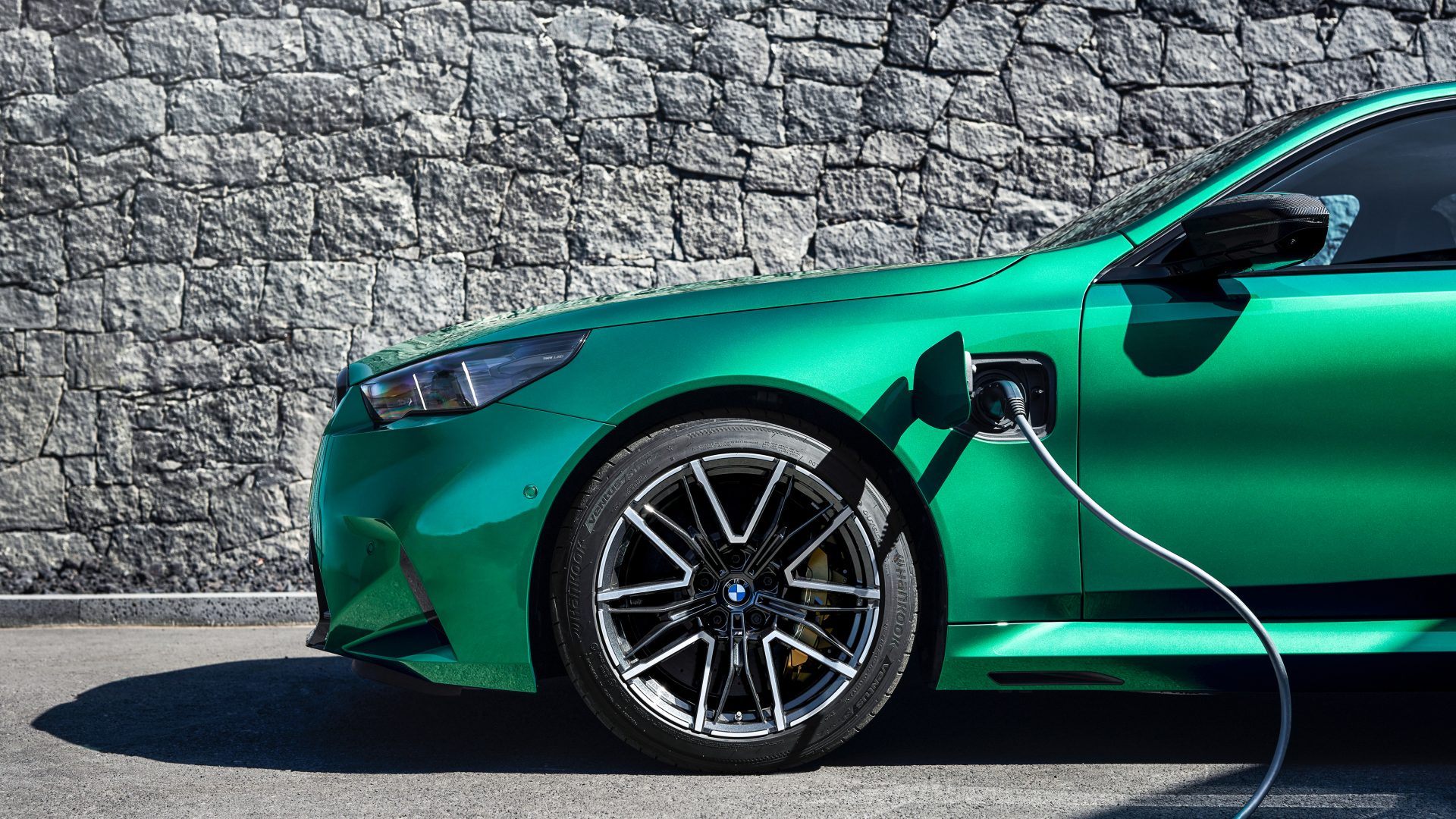
BMW aimed to make the M5 a practical hybrid, unlike some performance car makers who focus solely on using hybrids for added performance. BMW has engineered the car to have enthusiasts enjoy electric-only driving too, as the car boasts an electric-only range of over 69km thanks to its relatively large 18.6 kWh battery. This, however, adds 205kg in weight. Another benefit of having an electric motor, of course, is the improved fuel efficiency, which also addresses concerns about fuel costs and the frequency of needing to refuel. That said, while the power and torque outputs are higher, it should be interesting to see what kind of performance gains these numbers bring in the real world, especially since the outgoing version of the M5 was hailed for its acceleration and overall performance.
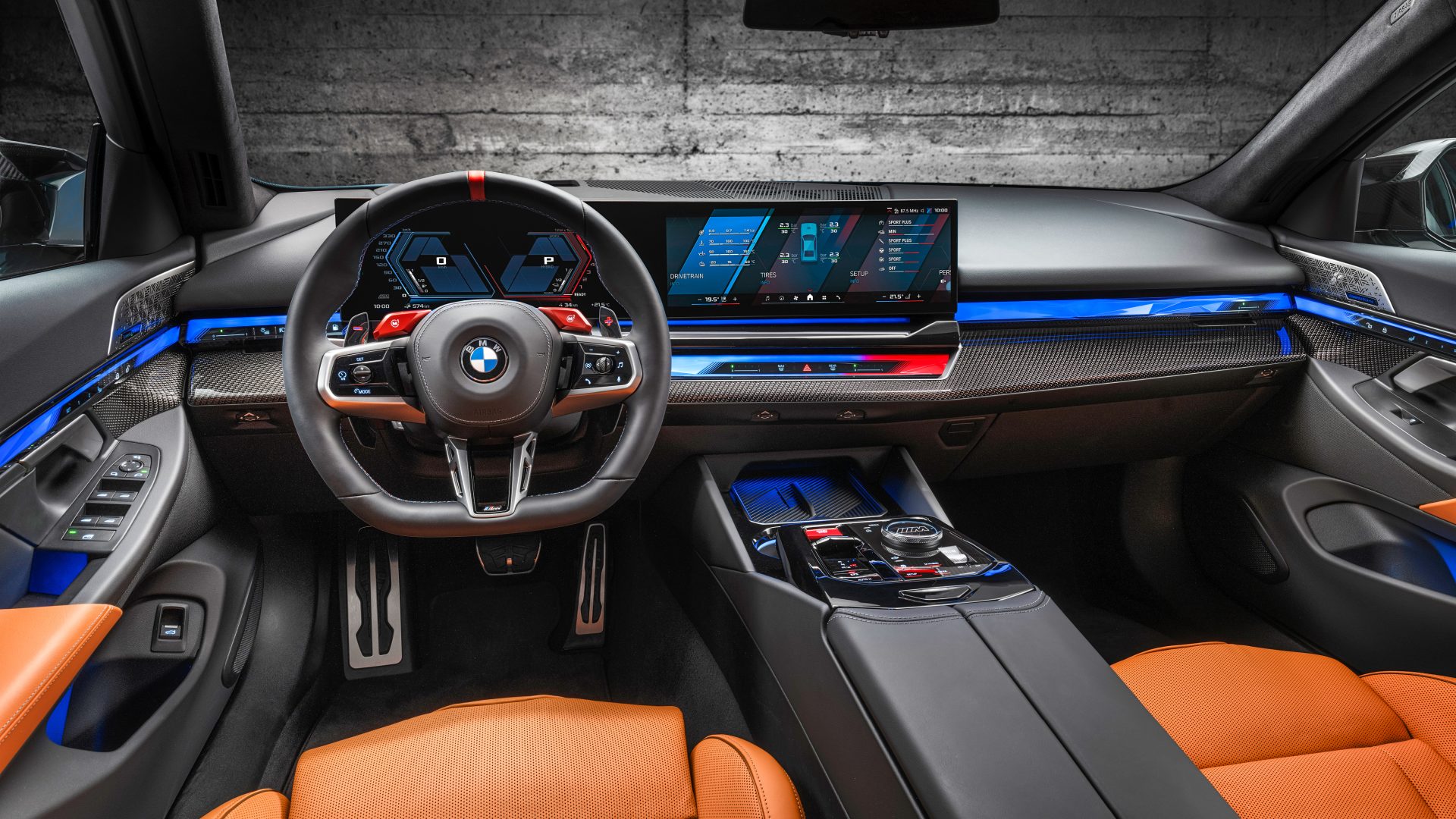
On the design front, the new M5 also has a wider stance compared to the standard 5 Series, accentuated by pronounced wheel arches that lend it a more muscular appearance compared to the standard sedan. The M5 uses a grille similar to the i5 M60’s, which lights up, along with a more aggressive bumper that integrates large, functional air intakes. The car has a low stance, typical of its segment, to make for a menacing stance, and runs on 20-inch alloys at the front and 21-inchers at the rear. Apart from the C-pillar, there are no badges on the sides. Opting for the Carbon pack adds exterior enhancements, though this does not include a carbon fibre rear diffuser and includes a split, bespoke diffuser. The quad tailpipes add a stunning appeal to the rear end as well, helping the new M5 look highly appealing.
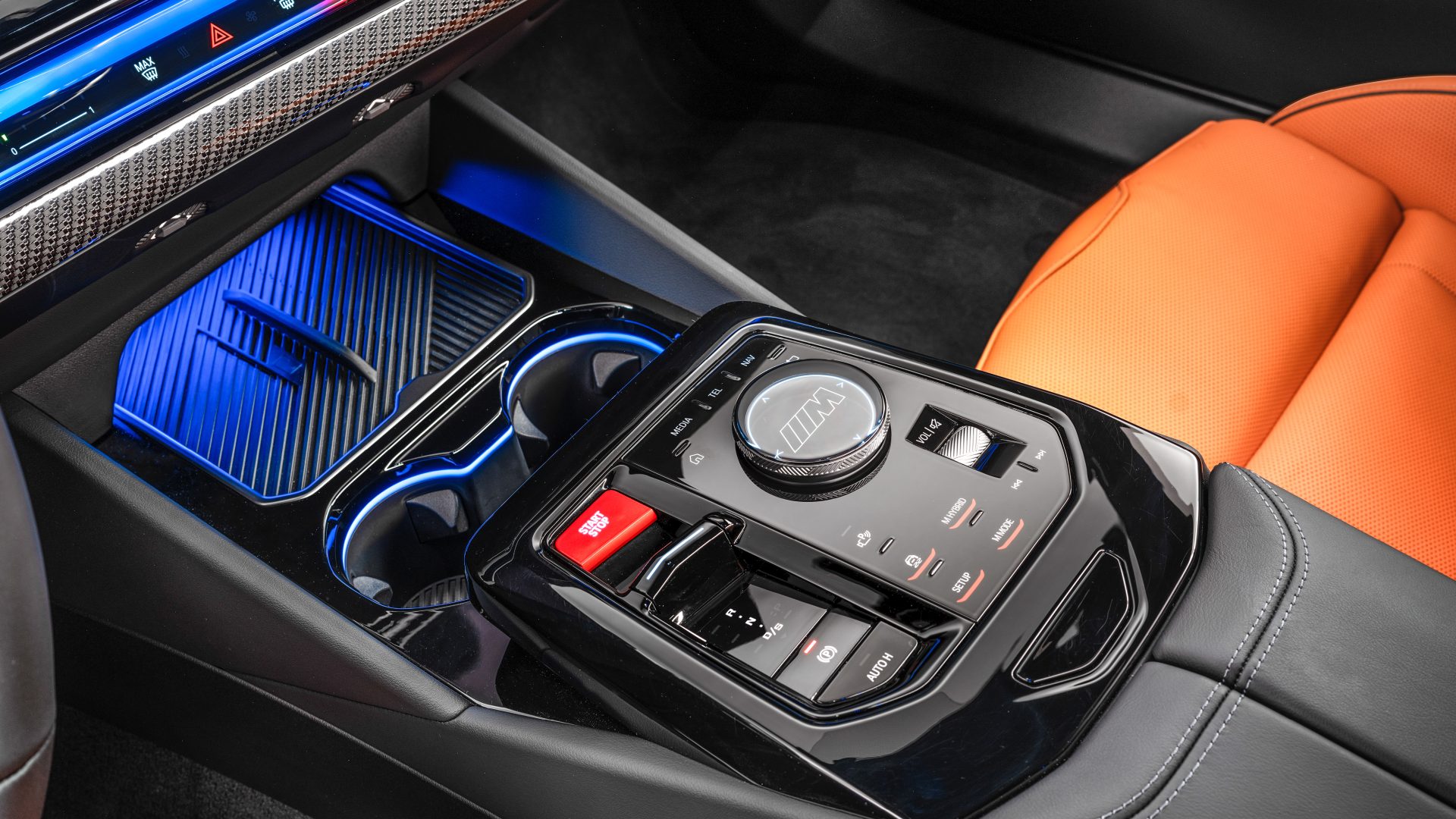
BMW has made several changes to the M5’s interior to distinguish it and also make it feel more special than the standard 5 Series. This includes a new M steering wheel, besides which the cabin also gets a smattering of M detailing from end to end. The iDrive controller features an M logo too, while the standard Marino leather upholstery includes illuminated M5 logos, besides an Alcantara headlining. A standout feature is the new M animation that greets you on the dashboard upon entry. The M5 also comes with a Bowers & Wilkins stereo system to please audiophiles. Compared to the older, F90 M5, the new model offers 20mm more kneeroom at the back thanks to its longer wheelbase.
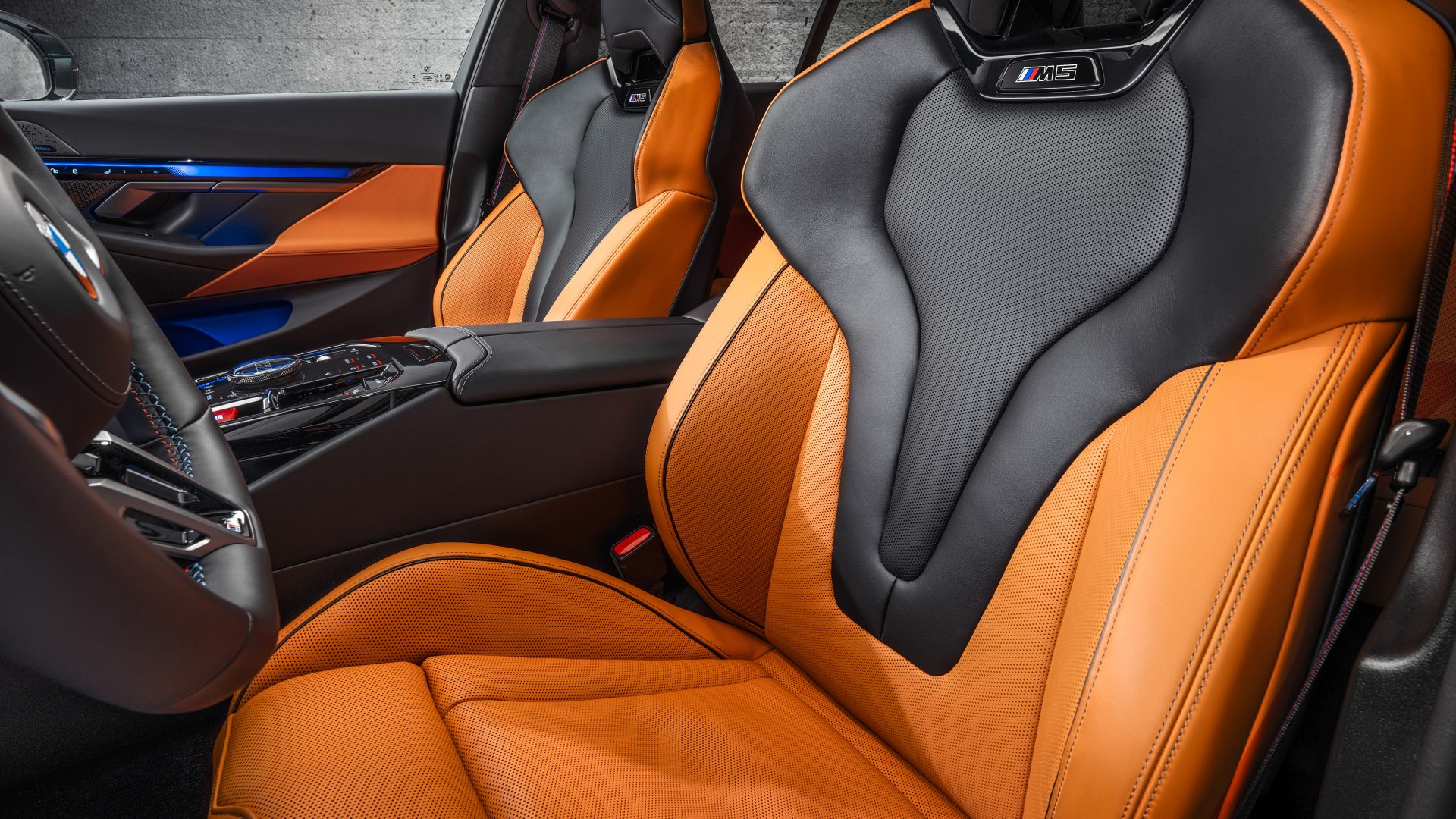
BMW has also refined the all-wheel-drive system used in the M5 further, maintaining rear-wheel-drive capabilities for enthusiasts to ensure going sideways and smoking the rear tyres is as easy as ever, despite the car going hybrid. We also expect it to thus handle better around racetracks, despite the car’s increased kerb weight. In fact, the M5 has always been looked upon as a sportscar slayer with its performance and handling both, and it wouldn’t be wrong to expect the new one to continue the trend, despite its increased weight and hybridisation both. The new generation 5 Series goes on sale in India this month, besides its fully electric version, the i5. Safe to assume the new M5 will make its way to our shores soon enough too! Meanwhile, here’s a quick look at every generation of this highly revered performance sedan.





